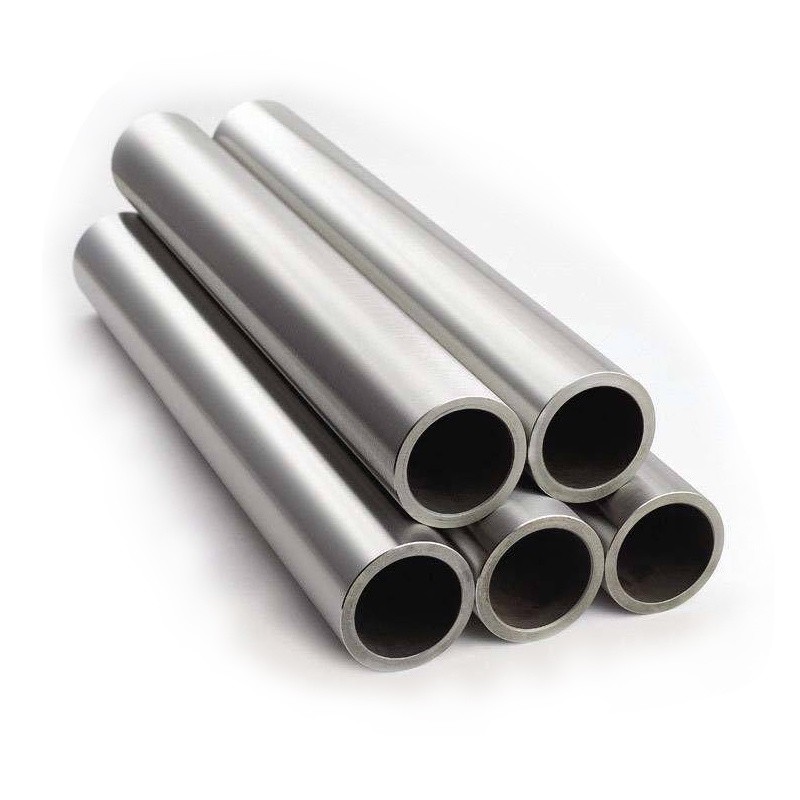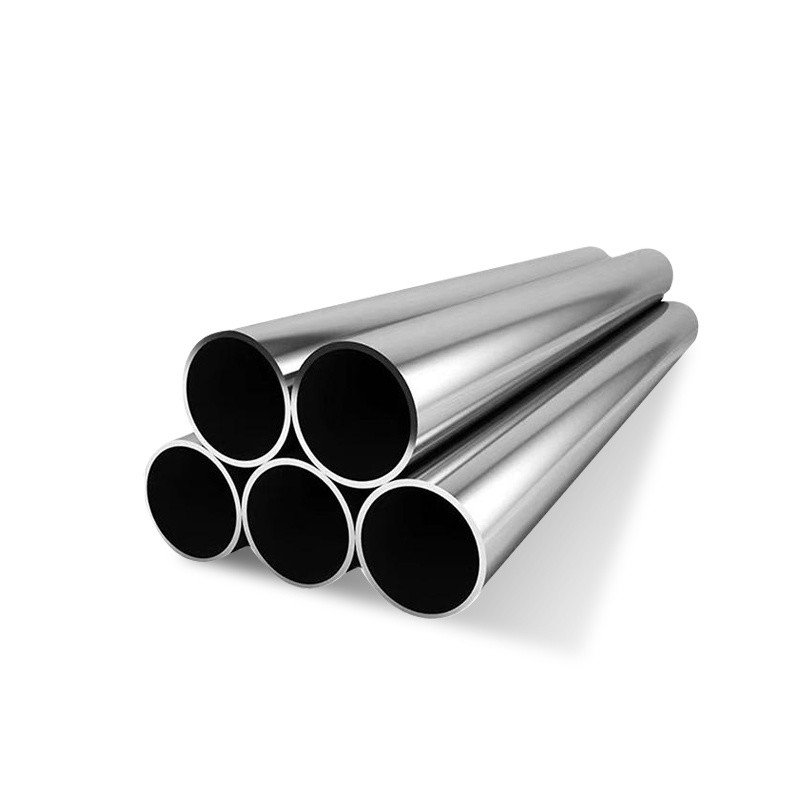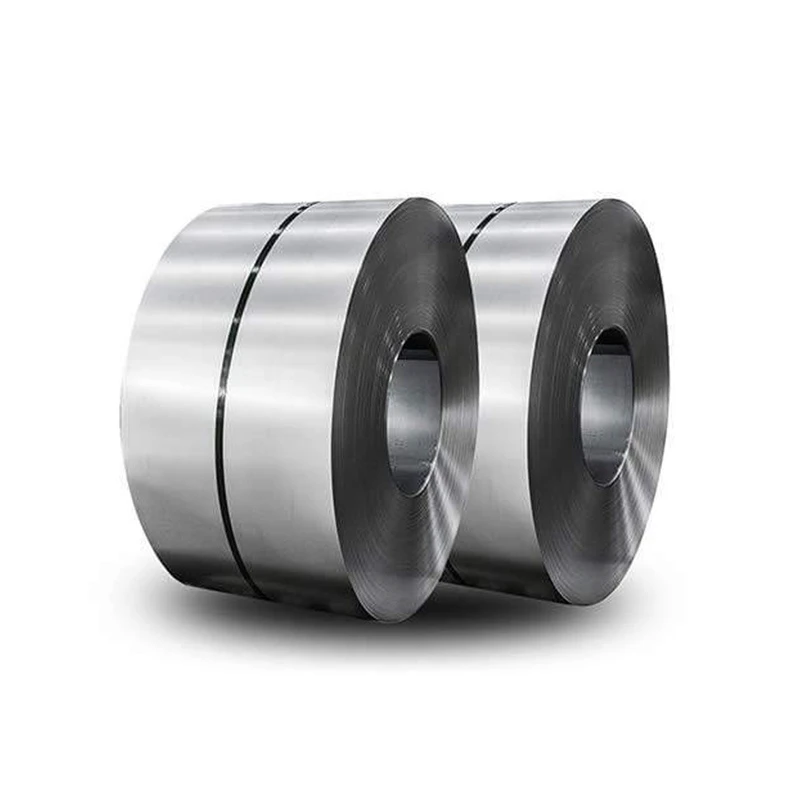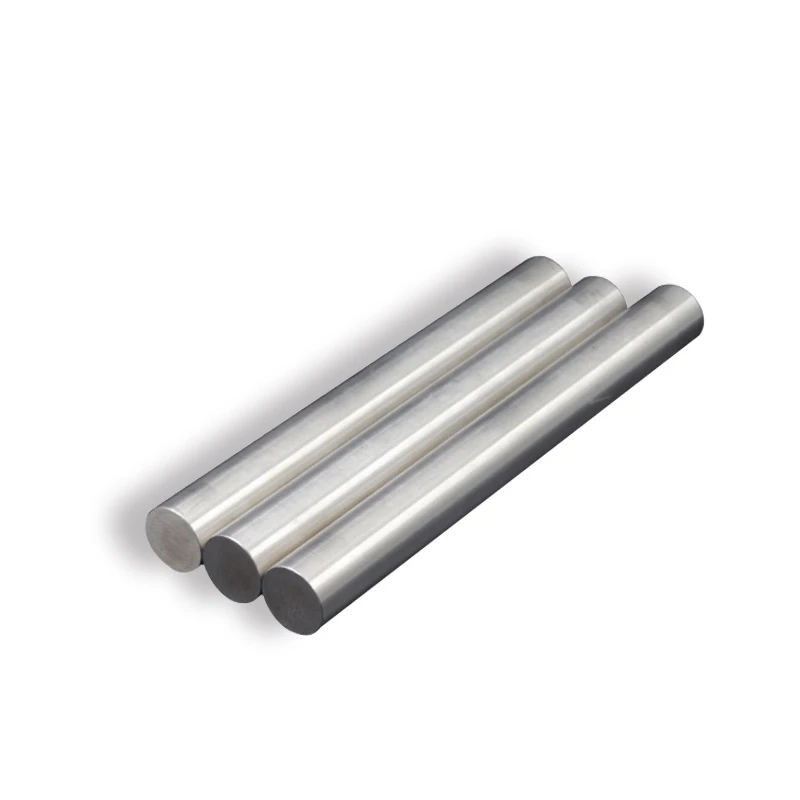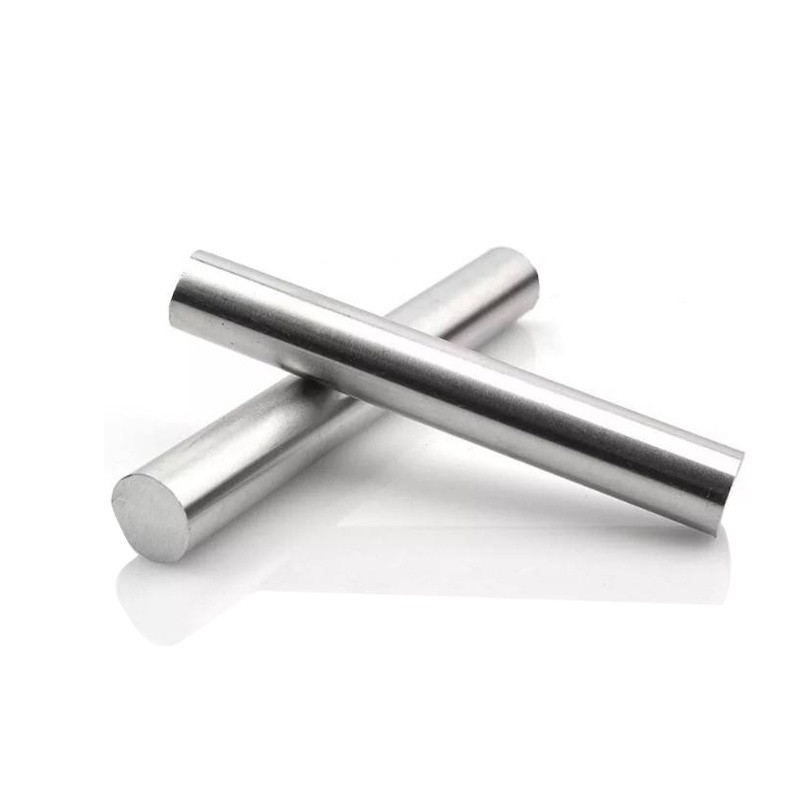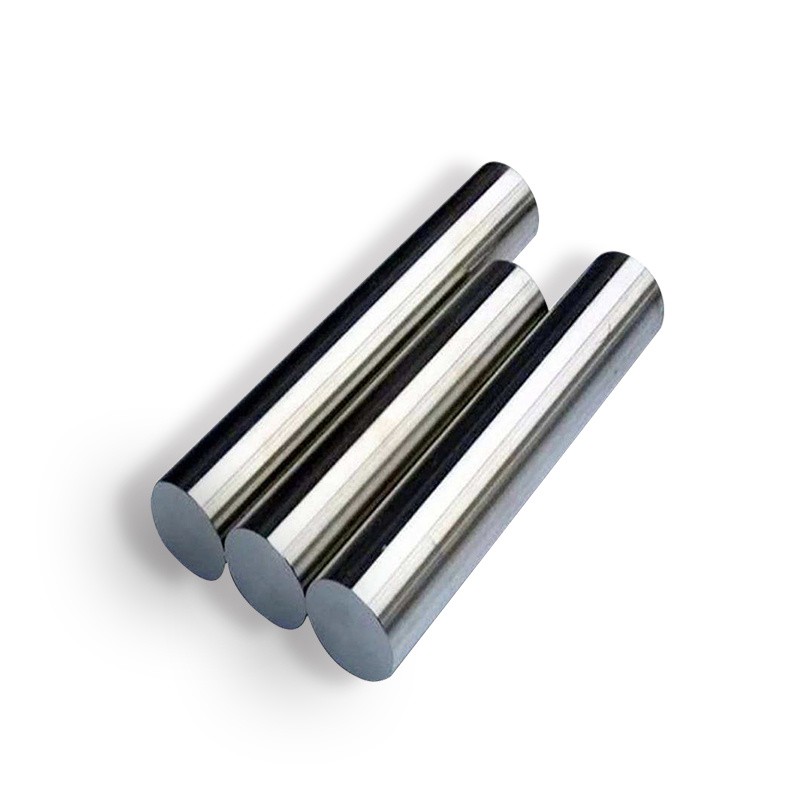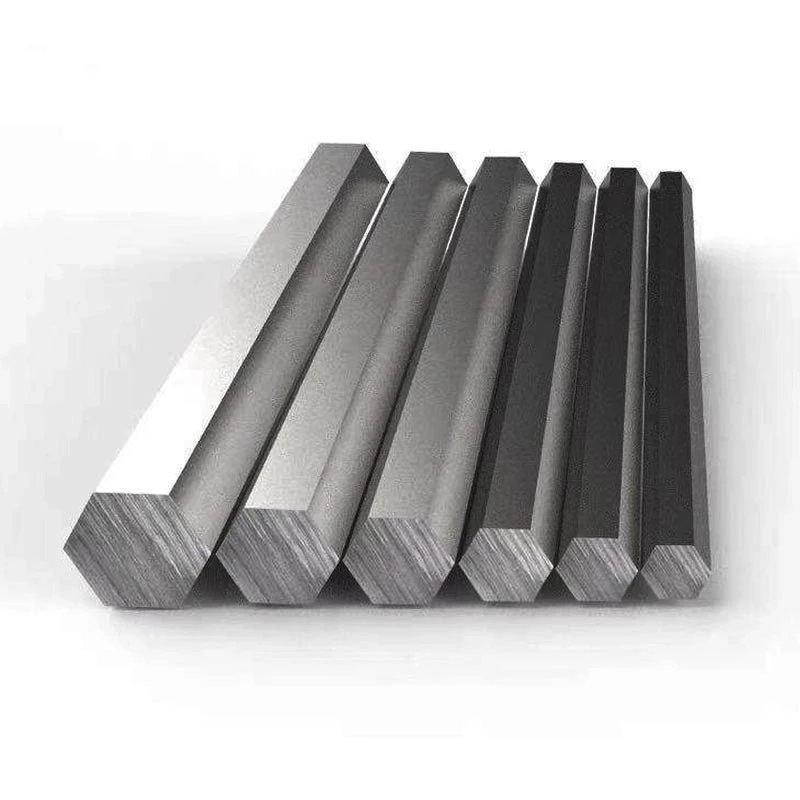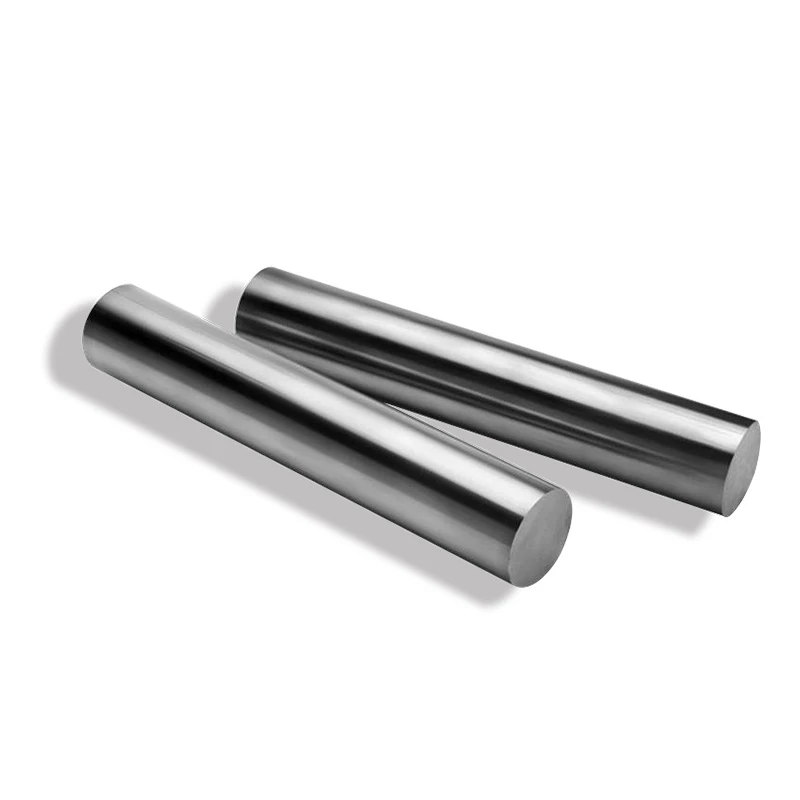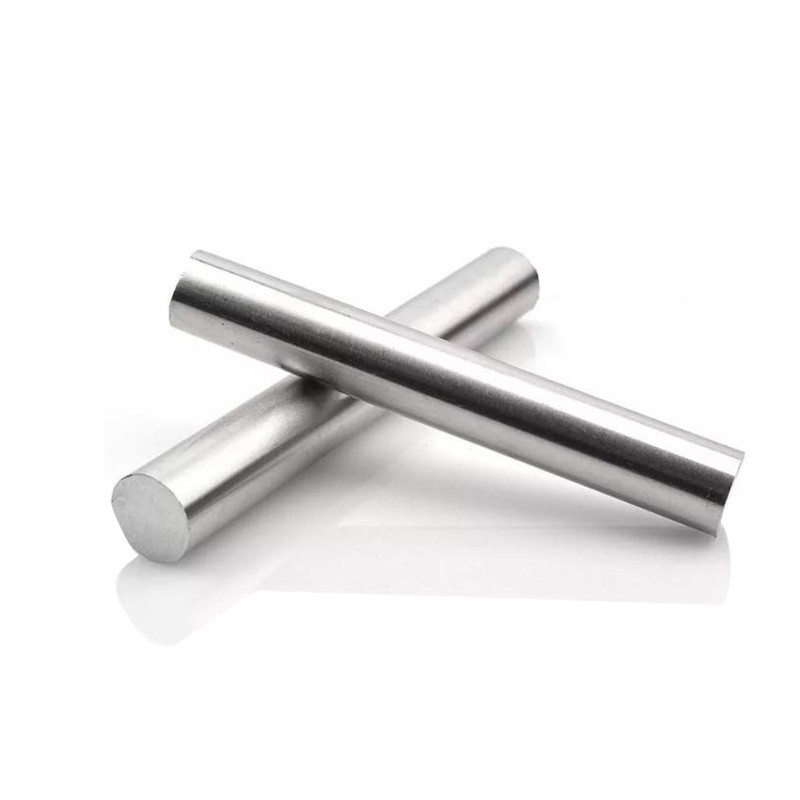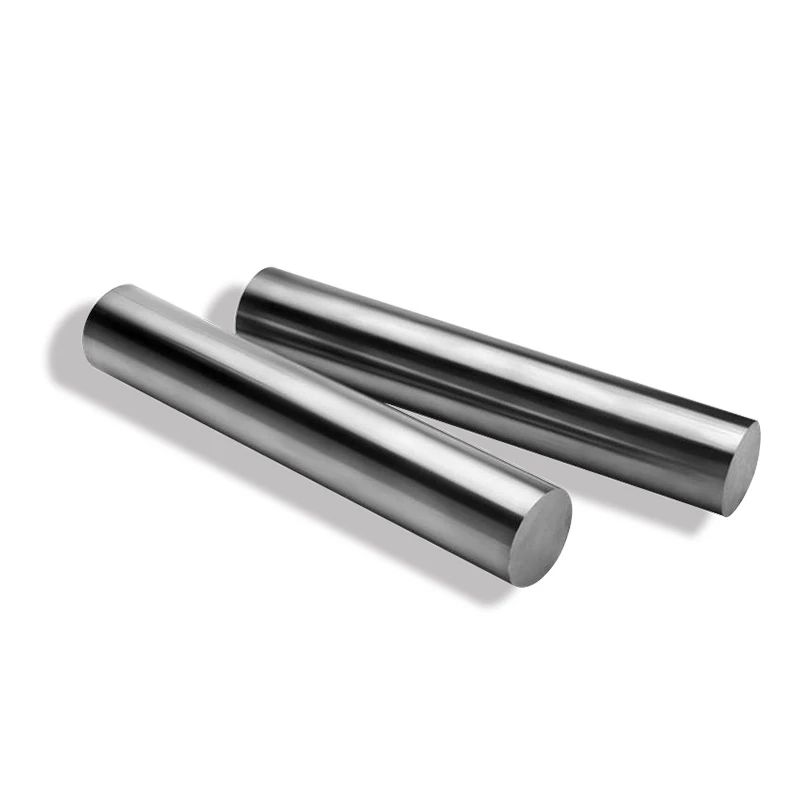
CATEGORIES
FEATURED PRODUCTS
ASTM 330 Stainless Steel Plate
We offer this product and related grades with 100% factory direct pricing and free quotes available within 24 hours.
APPLICATION SCENARIOS

OUR ADVANTAGE

Certificate of Honor

PARTNER

Our Factory

What is Alloy 330 (UNS N08330)? First, it’s important to clarify that Alloy 330, often called 330 stainless, is not a standard stainless steel in the same family as 304 or 316. It is a highly alloyed, austenitic iron-nickel-chromium material specifically engineered for outstanding strength and corrosion resistance at elevated temperatures.
Its key characteristic is a unique combination of high nickel and chromium, fortified with silicon. This composition provides a powerful defense against the three primary enemies of high-temperature service:
-
Oxidation: The formation of destructive scale at high temperatures.
-
Carburization: The absorption of carbon from the operating atmosphere, which can make alloys brittle and prone to failure.
-
Thermal Shock: The stress and cracking caused by rapid and repeated heating and cooling cycles.
Due to its specialized nature, Alloy 330 plate is governed by its own standard, ASTM B536, which specifies the requirements for nickel-iron-chromium alloy plate, sheet, and strip.
The Power Within: Chemical Composition
The remarkable performance of Alloy 330 stems directly from its carefully balanced chemical makeup. Each element plays a strategic role in its high-temperature capabilities.
-
High Nickel (34.0-37.0%): This is the cornerstone of the alloy. It ensures a stable austenitic structure that is highly resistant to sigma phase embrittlement and chloride stress corrosion cracking. It is also the primary contributor to its excellent resistance to thermal fatigue.
-
Chromium (17.0-20.0%): Provides the fundamental resistance to high-temperature oxidation and corrosion in a wide range of environments.
-
Silicon (1.50% max): This is a critical addition. Silicon significantly enhances the alloy’s resistance to both oxidation and, most importantly, carburization and nitriding atmospheres.
-
Iron (Balance): Provides the base for this robust and cost-effective high-temperature alloy.
Table 1: Chemical Composition of Alloy 330 (UNS N08330)
|
Element |
Content (%) |
|
Nickel (Ni) |
34.0 – 37.0 |
|
Chromium (Cr) |
17.0 – 20.0 |
|
Iron (Fe) |
Balance |
|
Silicon (Si) |
1.50 max |
|
Manganese (Mn) |
2.00 max |
|
Carbon (C) |
0.08 max |
|
Phosphorus (P) |
0.03 max |
|
Sulfur (S) |
0.03 max |
Strength Under Fire: Mechanical Properties
While designed for heat, Alloy 330 exhibits solid mechanical properties at ambient temperatures, which is essential for fabrication and initial structural integrity. More importantly, it retains a high percentage of this strength at elevated temperatures.
Table 2: Typical Room Temperature Mechanical Properties (Annealed Condition)
|
Property |
Typical Value |
|
Tensile Strength |
80 ksi (550 MPa) |
|
Yield Strength (0.2% Offset) |
40 ksi (275 MPa) |
|
Elongation (in 2 in. or 50 mm) |
40% |
|
Hardness |
80 HRB / 150 HBW |
Elevated Temperature Performance:
The true value of Alloy 330 is its performance in the heat. It maintains excellent ductility and strength, resisting creep deformation under load at temperatures up to 1150∘C (2100∘F). Unlike grades such as 310, its high nickel content prevents the formation of the brittle sigma phase, ensuring it remains tough and does not fail catastrophically after thermal cycling.
Key Physical Properties
For accurate engineering design of thermal equipment, these physical properties are essential.
Table 3: Physical Properties of Alloy 330
|
Property |
Value |
|
Density |
8.08 g/cm3 (0.292 lb/in3) |
|
Melting Range |
1385–1425∘C (2525–2595∘F) |
|
Modulus of Elasticity |
197 GPa (28.5×106 psi) |
|
Coefficient of Thermal Expansion (20−100∘C) |
$14.4 \text{ µm/m·}^\circ\text{C}$ |
Performance Showdown: Alloy 330 vs. Other Heat-Resistant Grades
When selecting a material for high-temperature service, it’s crucial to understand the alternatives. Here is how we at Luokaiwei help our clients differentiate Alloy 330.
-
Alloy 330 vs. Grades 309 & 310 Stainless: Grades 309 and 310 are often the first step up from standard stainless for heat resistance. However, Alloy 330 represents a significant performance upgrade.
-
Carburization: Thanks to its high silicon content, Alloy 330 has vastly superior resistance to carbon-rich atmospheres compared to 309 and 310.
-
Thermal Cycling: The high nickel content of Alloy 330 gives it exceptional resistance to thermal fatigue. Grades like 310, while strong at constant high temperatures, can become brittle from sigma phase formation when cycled through the 650−870∘C range, a weakness Alloy 330 does not share.
-
Our Guidance: If your application involves cyclic heating and cooling or operates in a carburizing environment, Alloy 330 is the far more reliable and long-lasting investment.
-
-
Alloy 330 vs. Higher Nickel Alloys (e.g., Inconel® 600/601): Alloys like 600 and 601 are true nickel-based superalloys.
-
Performance & Cost: These alloys can offer a performance edge in certain extremely aggressive oxidizing or sulfidizing environments. However, they come at a substantially higher cost. Alloy 330 sits in a strategic “sweet spot,” offering performance that far exceeds standard stainless steels and approaches that of higher nickel alloys, but at a more economical price point.
-
Our Guidance: Alloy 330 provides the best combination of performance, fabricability, and value for the vast majority of industrial heat-treating applications. We recommend considering higher nickel alloys only when service conditions are exceptionally severe and budget allows.
-
The Heat-Treater’s Choice: Dominant Applications
The unique properties of Alloy 330 make it the material of choice across several industries where high heat is a primary operational factor. We regularly supply Alloy 330 plate for:
-
Industrial Heat Treating: Furnace muffles, retorts, baskets, jigs, fixtures, and conveyor belts.
-
Petrochemical & Refining: Steam methane reformer components and fired heater tubes.
-
Ore and Mineral Processing: Rotary kilns and calciners.
-
General Industrial: Gas turbine combustion chambers, heat exchanger components, and high-temperature fan housings.
Essentially, any fabricated component that needs to hold its shape and resist degradation while being subjected to intense, often cyclic, heat is a prime candidate for Alloy 330.
Guidelines for Fabrication and Welding
Despite its high alloy content, Alloy 330 is readily fabricated using standard procedures.
-
Formability: It can be hot or cold formed similarly to other austenitic alloys. Its ductility allows for bending, drawing, and stamping.
-
Weldability: Alloy 330 is easily welded using common techniques like TIG (GTAW), MIG (GMAW), and Shielded Metal Arc Welding (SMAW).
-
Filler Metal: To ensure the weld maintains the properties of the base metal, it’s crucial to use a matching filler material. We recommend AWS A5.14 ERNiCr-3 for TIG/MIG welding and AWS A5.11 ENiCrFe-2 for stick welding.
-
Heat Treatment: Pre-heating is not necessary. The alloy is typically used in the as-welded condition, as post-weld heat treatment is not required to maintain its properties.
Why Luokaiwei is Your Source for Alloy 330 Plate
Sourcing a specialty material like Alloy 330 requires a supplier with deep product knowledge and a robust supply chain.
-
Expertise in High-Temp Alloys: We don’t just sell metal; we understand the challenges of thermal processing applications. Our team can validate your material choice and ensure you’re using the best alloy for the job.
-
Quality and Traceability: We provide Alloy 330 plate that conforms to ASTM B536, complete with a Mill Test Certificate (MTC) to guarantee its chemical composition and mechanical properties.
-
In-House Processing: We offer precision cutting of Alloy 330 plate to your exact dimensions using plasma, waterjet, or laser cutting, saving you time and reducing scrap.
-
Reliable Inventory: We maintain a stock of Alloy 330 plate in common thicknesses to support the urgent needs of the heat-treating and furnace manufacturing industries.
Frequently Asked Questions (FAQ)
1. What specification covers Alloy 330 plate?
Alloy 330 plate is covered by ASTM B536, which is the standard for Nickel-Iron-Chromium-Silicon alloys. It is not part of the more common ASTM A240 specification for standard stainless steels.
2. What is carburization and why is Alloy 330 resistant to it?
Carburization is a form of high-temperature corrosion where a metal absorbs carbon from its environment (e.g., in a carbon-rich furnace atmosphere). This makes the metal brittle and weak. Alloy 330’s high silicon and nickel content creates a stable, protective oxide layer that strongly resists carbon penetration, making it ideal for such environments.
3. Is Alloy 330 magnetic?
No. Alloy 330 is a fully austenitic alloy and is non-magnetic in both the annealed and as-welded conditions.
4. Can I use Alloy 330 instead of 310 stainless steel for my furnace parts?
Yes, and in many cases, you should. If your furnace operates with frequent temperature cycles or in a carburizing atmosphere, Alloy 330 will offer a significantly longer service life and greater reliability than Grade 310 by resisting embrittlement and carbon absorption.
5. Does Alloy 330 require heat treatment after welding?
No. One of the key advantages of Alloy 330 is that it can be put into service in the as-welded condition. Its stable austenitic structure means no post-weld heat treatment is needed to restore its mechanical properties or corrosion resistance.
For projects that demand uncompromising performance in the face of extreme heat, Luokaiwei is your trusted partner. Contact us today to discuss your Alloy 330 plate requirements and let our experts help you build for endurance.








